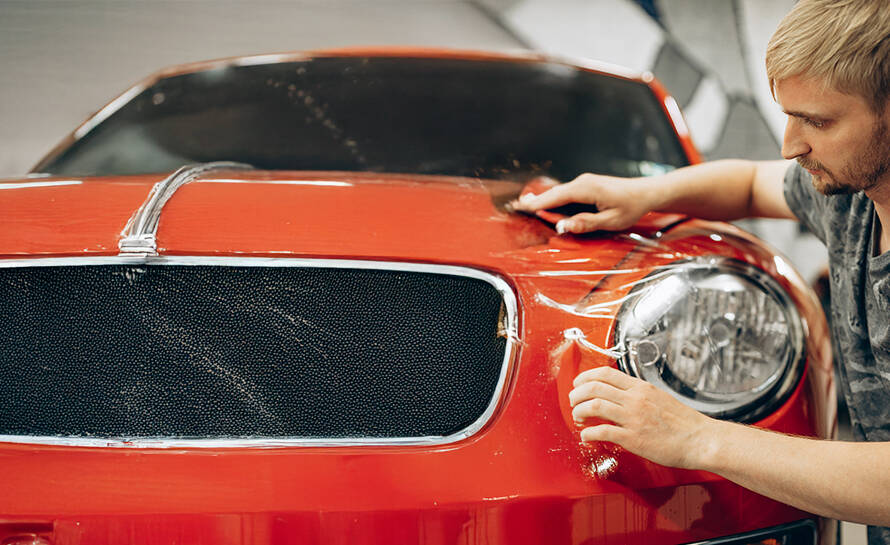After an auto collision, one of the most critical steps in the repair process is receiving an accurate and fair estimate for the damage. This estimate determines how much your insurance company will cover and helps you avoid unnecessary out-of-pocket expenses. But not all estimates are created equal. Here’s how to protect yourself and ensure you’re getting a proper assessment of the repair work needed.
Understand What’s Included in a Collision Estimate
A comprehensive estimate goes beyond surface-level damage. It should include labor costs, parts, materials, and any necessary teardown to uncover hidden issues. If your car has modern features like ADAS (Advanced Driver Assistance Systems), recalibration might be required, and that should be part of the estimate too.
Get Multiple Estimates (But Know When It’s Optional)
While you’re not legally required to get more than one estimate, it can sometimes help you gauge consistency across repair shops. However, many insurers work directly with preferred shops because we meet their quality and pricing standards. Working with an approved repair facility can speed up approvals and eliminate the need for multiple quotes.
Just make sure your chosen shop advocates for your best interest, not just the insurer’s bottom line.
Don’t Let Insurance Pressure You
Some insurance companies may steer you toward a specific shop or push for aftermarket or salvaged parts to keep costs down. You’re not obligated to accept this. California law allows you to choose your repair shop and requires insurers to disclose whether parts are OEM, used, or aftermarket.
Pristine Collision Center works on your behalf to ensure proper, high-quality replacements are used, especially critical for luxury vehicles or those with aluminum or carbon fiber frames.
Ask for a Line-Item Breakdown
Transparency is key. If any items seem vague or overly generic, ask for clarification. Vague terms like “miscellaneous repairs” can hide shortcuts. Your estimate should clearly detail:
- Parts and labor costs
- Paint and material fees
- Frame or structural work
- ADAS recalibrations
- Estimated repair timeline
Request a Supplemental Estimate If New Damage Is Found
During disassembly, technicians may uncover additional damage not visible during the initial inspection. When this happens, your shop should file a supplemental estimate with the insurer.
Keep Documentation for Disputes
If you believe your insurer is undervaluing the repairs, having a well-documented estimate helps support your case. This includes:
- Photos of damage
- The written estimate
- Shop recommendations
- Any communication with your adjuster
If needed, you can request an independent appraisal or escalate the issue to the California Department of Insurance.
At Pristine Collision Center, our technicians perform detailed inspections and follow OEM procedures to ensure every necessary repair is identified. Whether you visit us in Hollywood, West Hollywood, Montebello, or Westminster, this prevents insurance from approving only cosmetic fixes while structural or safety issues go unnoticed.
FAQs
Can I choose my own repair shop, or must I go with one the insurer suggests?
Yes, California law allows you to choose your repair shop. You’re not required to use the shop your insurer recommends.
What if the insurance estimate is too low?
You can dispute the estimate by presenting a detailed repair quote from a trusted shop. A supplemental estimate may also be filed for hidden damage.
Will insurance pay for OEM parts?
It depends on your policy. Some cover OEM parts while others approve aftermarket or used parts. You have the right to request OEM and pay the difference.
What’s the difference between a rough estimate and a final estimate?
A rough estimate is based on visible damage. A final estimate is created after disassembly and includes any hidden or structural damage.
Can a shop start repairs before the insurer approves the estimate?
Repairs usually begin after approval, but some shops may start disassembly to assess damage and submit a supplemental estimate if needed.



